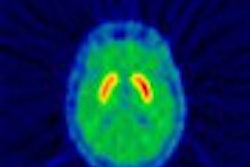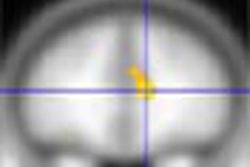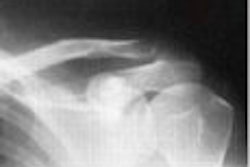PET’s ability to image metabolic processes is reaping rewards for researchers studying neurodegenerative diseases like Parkinson’s and Huntington’s. A number of researchers are finding that PET could sound an early warning for patients at risk of developing future movement disorders, according to an article we’re featuring in our Molecular Imaging Digital Community.
According to the article by contributing editor Paula Moyer, Canadian researchers are studying PET’s ability to track response to levodopa therapy in Parkinson’s patients. Such patients often develop fluctuations in their response to therapy, and go on to develop dyskinesis. But patients with these fluctuations have a lower uptake of FDG, and altered patterns of dopamine release after taking levodopa.
The Canadian group is exploring the use of the radiotracer raclopride in Parkinson’s studies due to its ability to bind to D2 receptors. The researchers have been able to document the diminishing effects of treatment four hours after the administration of levodopa. The phenomenon is beginning to shed light on why treatment-related complications occur in Parkinson’s disease patients.
PET is also showing its mettle in imaging Huntington’s disease patients, who experience degeneration years before clinical symptoms occur. A Dutch group, also using a raclopride tracer, is finding that PET can identify metabolic defects in preclinical Huntington’s patients, creating the possibility that such patients could receive experimental therapies prior to the onset of symptoms.
Finally, PET is demonstrating that it can detect abnormal brain function in carriers of the mutated DYT1 gene, a characteristic associated with a progressive form of early-onset dystonia. PET studies show an abnormal resting metabolic brain network in asymptomatic carriers of the mutation compared to normal controls.
Want to learn more about this expansion of PET’s prowess? Then check out our Molecular Imaging Digital Community, at molecular.auntminnie.com.



















